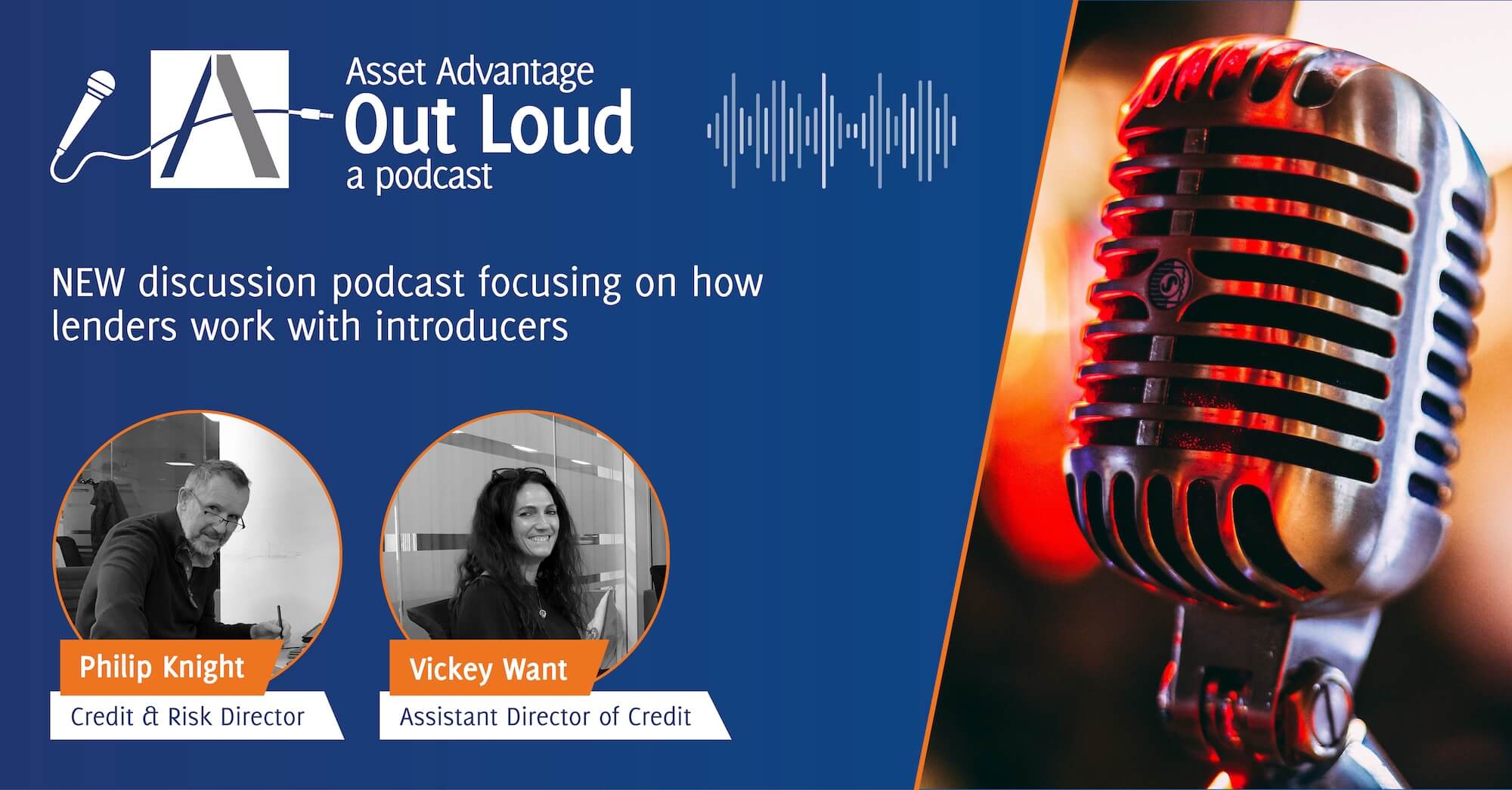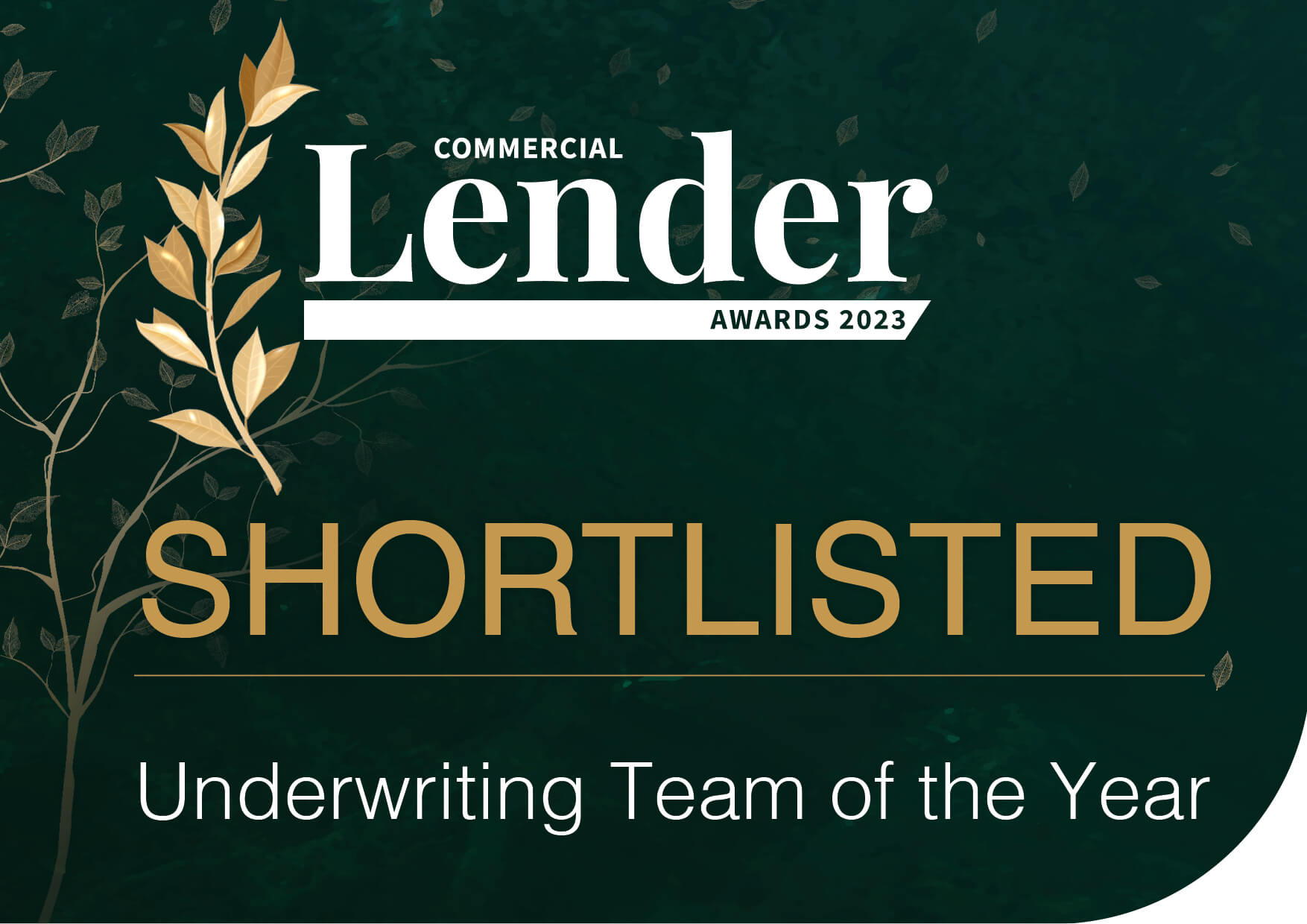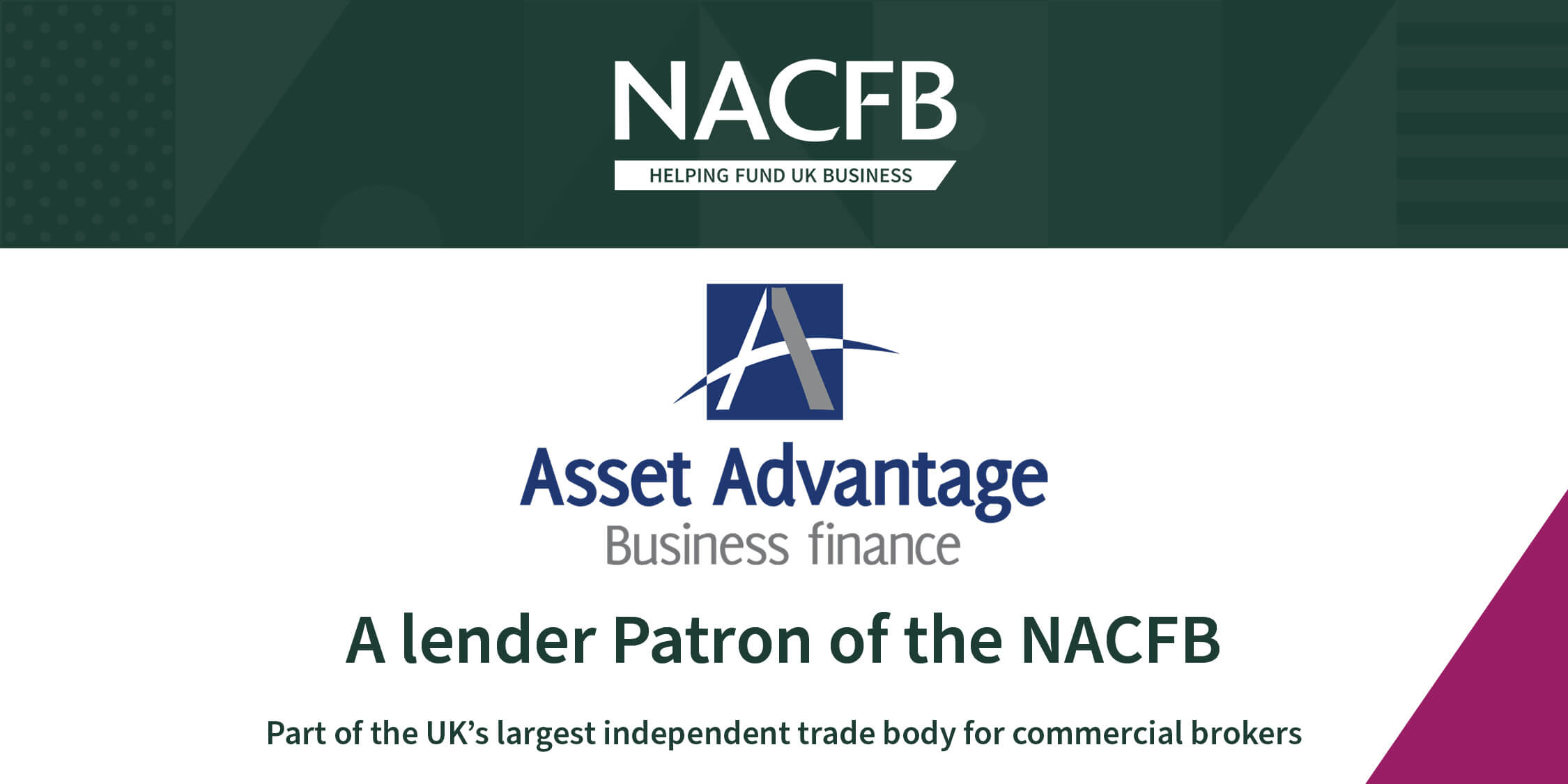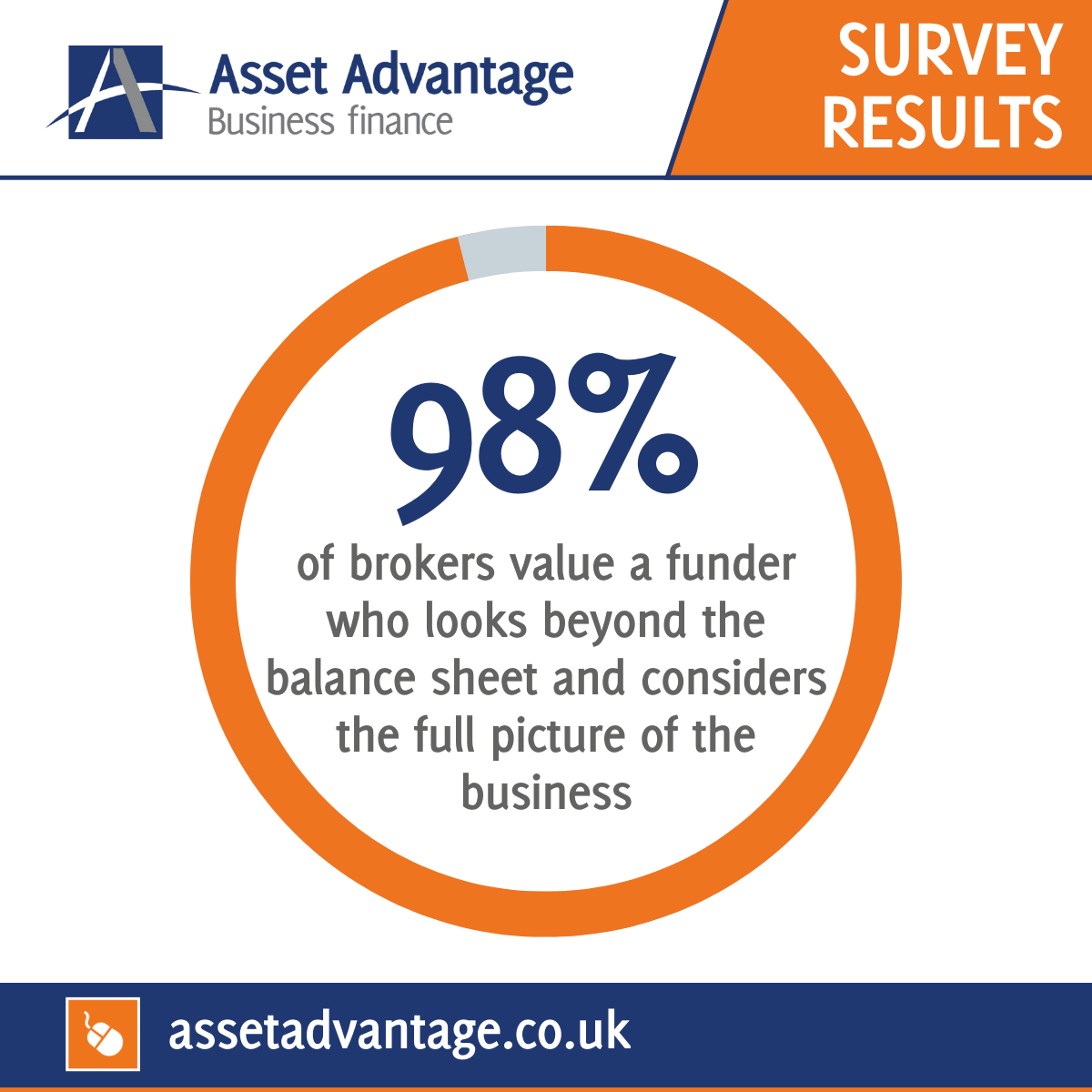Philip Knight, Credit & Risk Director at Asset Advantage gives his top ten tips for creating a knock out proposal.
Crafting a proposal ought to be more than simply writing down a company name and amount they want to borrow pressing send and keeping your fingers crossed. I think that you should treat every proposal as a presentation not only of the customer but of the brokerage. A well put together proposal isn’t just about the deal, but also says a lot about the person who wrote it. A good reputation for comprehensively put together deals will go a long way to making sure yours get looked at first and may also sway a decision in your favour. In addition if you can reduce the number of follow up questions then you might encourage the funder to not even ask that one question. However if your proposal is short of multiple elements then you can expect to receive a long shopping list of questions of not only essential information but also the nice-to-haves.
Building a good proposal doesn’t require strong writing skills or hours of work. Succinctness ought to be the order of the day. Getting the customer to do the heavy lifting on some aspects is not only a time saver, but avoids any being lost in translation.
So in ascending order let’s start with top tip number ten.
10. Warts & all
It is absolutely essential that you tell a funder everything you know about a customer. As tempting as it might be to ‘forget’ to mention that the customer has, say, just moved premises, there is almost zero chance that a funder won’t find out this information. Not only is the internet the underwriter’s friend, credit agency reports suck in all sorts of data. Whilst you may be right in thinking, because you know, that the FD recently left because they decided to fulfil a dream of running a pub, the fact that you a) knew it and b) didn’t let on, risks tainting the whole proposal. The thinking goes something along the lines of ‘If they didn’t mention that, what else didn’t they tell me?’
9. Don’t copy and paste
Nothing frustrates me more than proposal information which has clearly been copy and pasted from the customer’s website. Like the school essay that has been lifted from Wikipedia it automatically implies, even when that wasn’t intended, that the writer really couldn’t be bothered to do any original work.
8. An explanation for adverse
Most funders will sensibly avoid lending to businesses with adverse information. This can be as obvious as them being loss making and or less visible in the form of a County Court Judgement. If you have customer with less than sparkling information then ask them why they think that it shouldn’t affect their credit rating. Perhaps the losses are due to one off costs or the CCJ was due to an administration error.
7. The provenance
Let the funder know where the deal came from. A huge amount of comfort can be taken from the fact that the customer or supplier relationship is a long standing one. By the same token, don’t be tempted to fudge the source when it’s less strong; remember tip number 10.
6. Business case
Every genuine application for finance is underpinned by a genuine need for the finance. So the more background you can give to the need for the requirement the better. Perhaps they need the additional IT kit because they are so busy that they have had to hire new staff. Maybe the CNC machine will make them 20% more efficient. It’s rare that any sensible business raises finance on a whim, most will have carried out at least a cursory cost benefit analysis or have budgeted for the purchase.
5. Up to date financial information
Don’t rely on the funder being able to source up to date financial information. The combination of ten months to file and abridged accounts often means that there can be very limited information in the public domain, so obtaining and supplying the latest set of full accounts speeds up the underwriting process.
4. Management
Businesses are run by people so the more credibility you can add to them the better. Sometimes this information can be found via LinkedIn, but if you know that the MD doesn’t have a profile, then perhaps ask them for their CV. Personalising the proposal in this way adds depth to the proposal that pure numbers can’t achieve. If personal guarantees are being offered then take the time to get net worth statements for the proposal, especially if they add value to the offer of guarantees.
3. A schedule of existing finance
If the customer has other borrowing then let the funder know what they have, what’s outstanding and what it relates to. Sometimes funders will take comfort from other lenders being in with the customer, other times they might be scared off. But if nothing else it gives you visibility to whom the customer is already borrowing from.
2. What do they do?
It’s not always obvious what a customer’s business is so try and explain in straightforward terms what it is they do and who they do it for. Avoid at all costs the previously mentioned ‘cut and paste’ option. In my experience customer websites are a sea of buzz words and marketing speak and rarely actually tell you what they do.
And finally, my number one tip.
Tell me something I don’t already know.
The best proposals are the ones which add value to the bare information. They lift the curtain on the business model and give me the hook to approve the proposal. They demonstrate an interest in the customer and show the work that has gone into qualifying and presenting the deal. It doesn’t have to be the most important element of the proposal, but that little nugget of information can make all the difference.
Further News & Insights
Asset Advantage Launches New Broker Survey To Explore SME Funding Needs

Asset Advantage Strengthens Broker Proposition With Newly Created Internal Sales Role

Asset Advantage Welcomes Jonty Cooke As Broker Manager To Grow And Strengthen Broker Relationships

Asset Advantage Welcomes Gary Thompson As New Sales Director To Strengthen Broker Relationships And Drive Growth

Asset Advantage Hosting Meet The Funder Day On 5 March

Commercial Brokers Call For ‘Outside The Box’ Approach From Funders, New Survey Reveals

Challenges Funding Business Acquisition Holding Back Commercial Brokers, New Survey Reveals

Consistent Credit Policy

Most Commercial Brokers See Little To No Change In Willingness Of Lenders To Fund Soft Assets

Commercial Finance Brokers Seeing Increasing Demand For Complex Loan Solutions

Brokers Report Growing Shift Towards Business Loans Among Commercial Finance Clients

Asset Advantage Hosting Meet The Funder Day On 26 September

Asset Advantage Launches New Survey To Uncover Business Finance Landscape

Asset Advantage Launches New Content Hub To Celebrate 10 Years Of Business Loans

Asset Finance Underwriting Veterans Launch New Podcast

‘Security Focus’ Webinar Designed to Support Brokers’ Conversations with Customers

Asset Advantage Launch Webinar Series To Support Brokers

Trends Outlook For 2024

Asset Advantage Continue Christmas Tradition At St Michael’s Hospice (North Hampshire)

Brokers To Gain Underwriting Insight From Asset Advantage’s Credit & Risk Director

Asset Advantage To Attend The Finance Professional Show

Asset Advantage Celebrate As Nick White Wins Ginetta GT Academy Title

Asset Advantage’s Underwriting Team Shortlisted For National Award

Asset Advantage Joins The NACFB As Patron Lender

Survival of the fittest: the evolution of a broker panel

Preparation is everything

Brokers value the ‘human side’ of underwriting from funders research shows

Asset Advantage welcomes Katie Dowse as Business Development Manager


